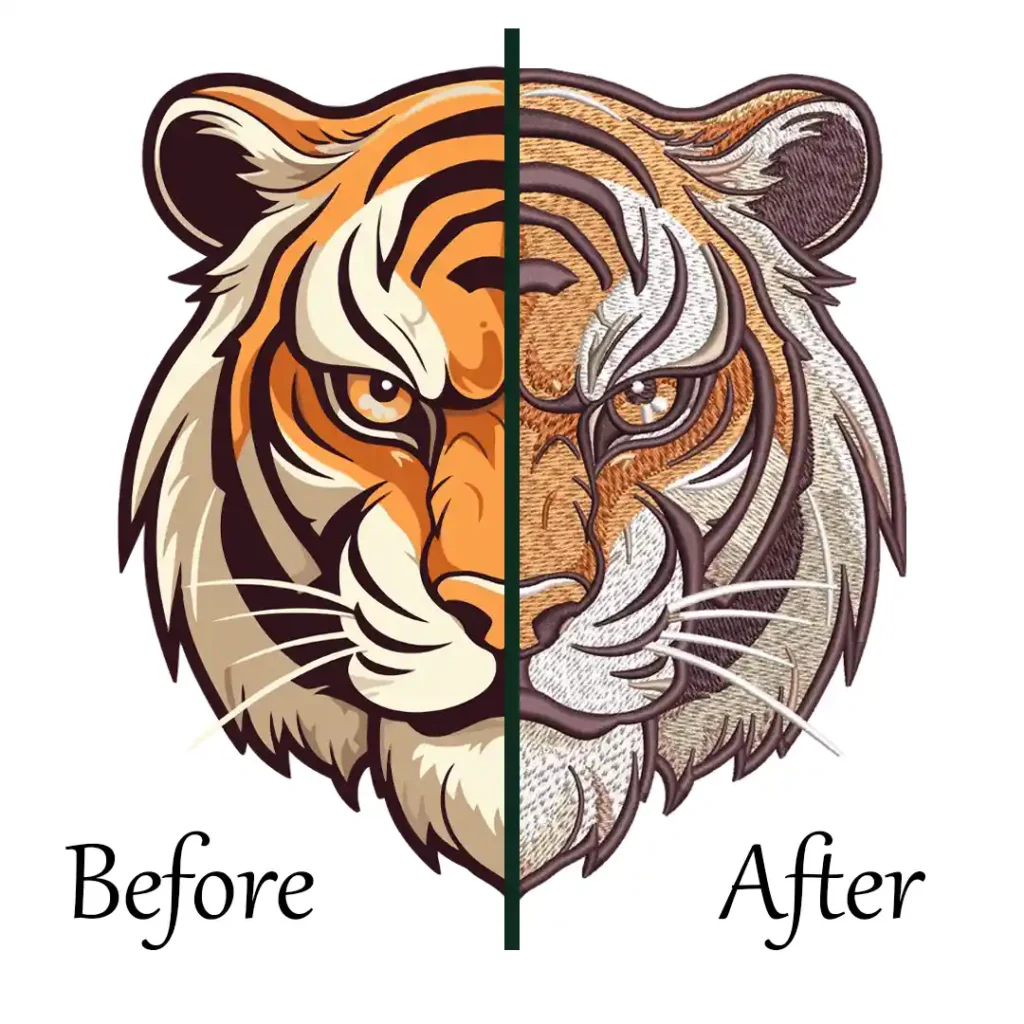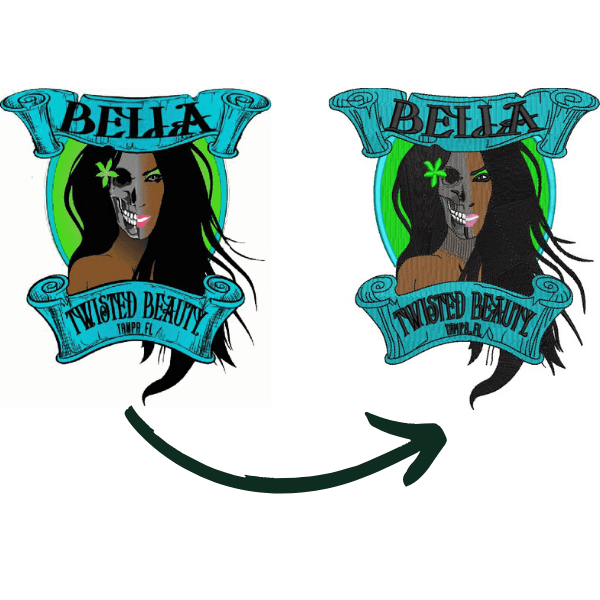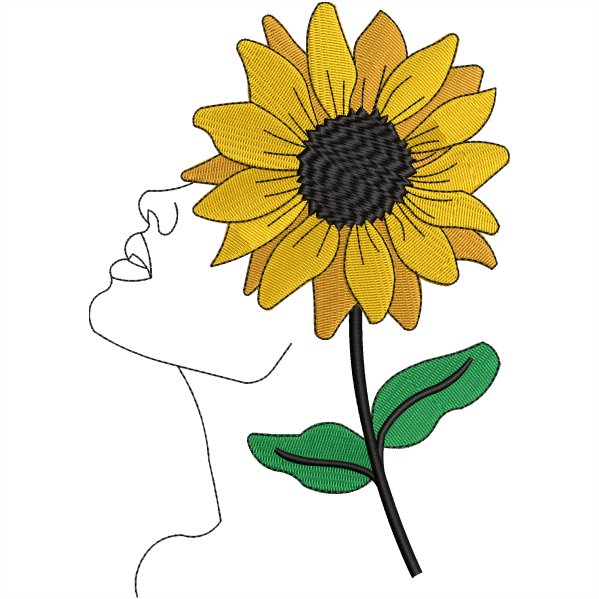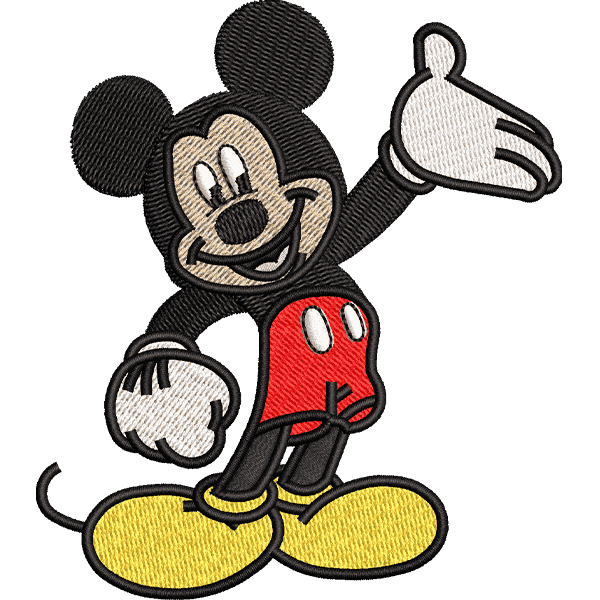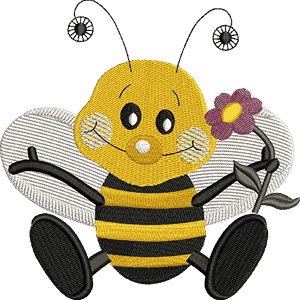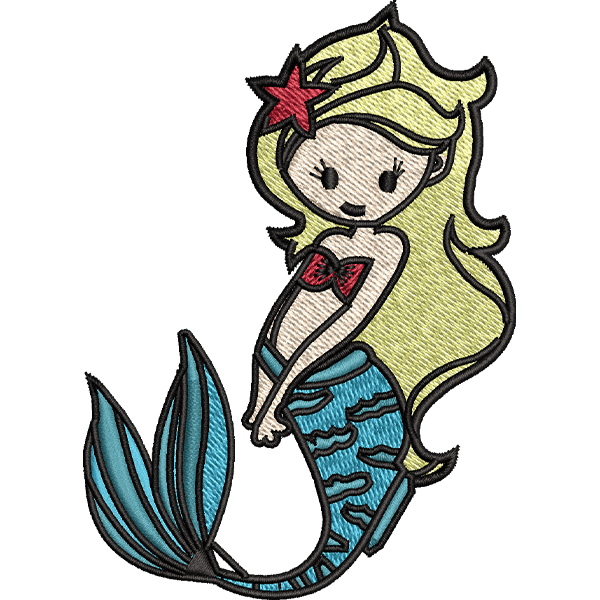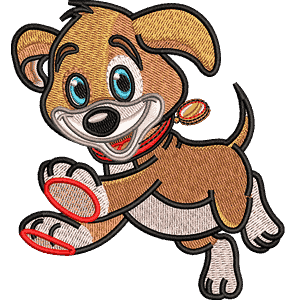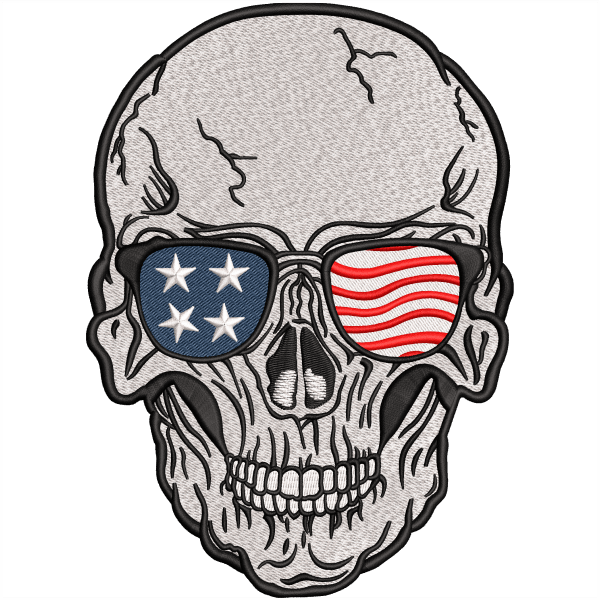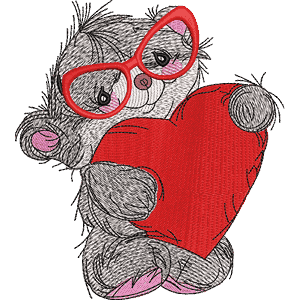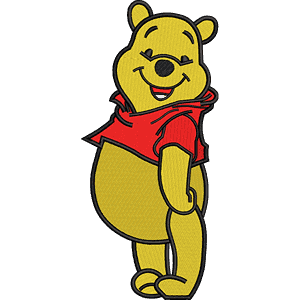You’ve finished your quilt top—hooray! But now comes the part no one talks about enough: choosing the backing fabric for quilts. It sounds simple, right? Just pick something that covers the back. But hold on, your quilt’s purpose, size, and even how often it’ll be washed all play a big role in choosing the right fabric. Feeling unsure? Don’t worry.
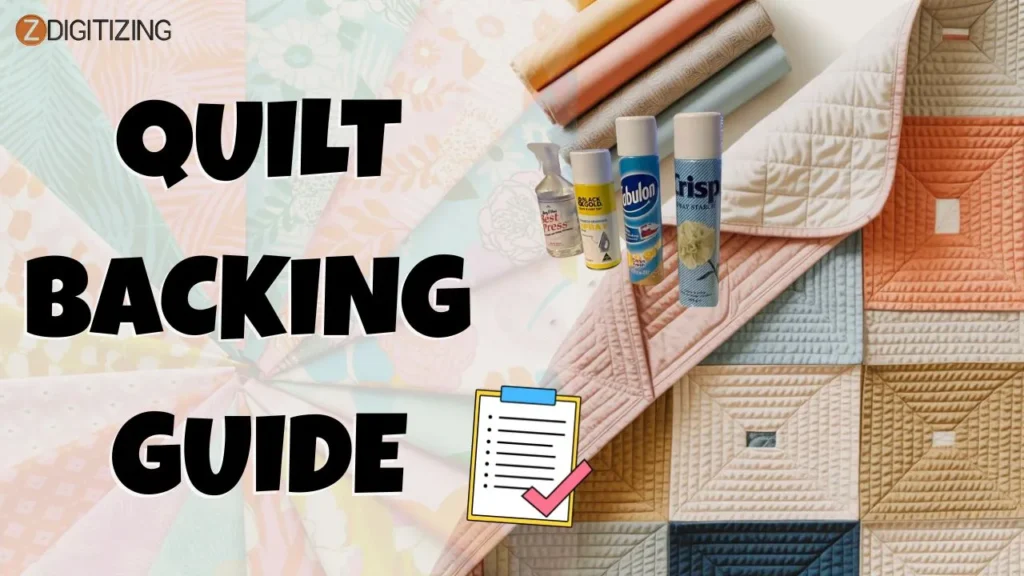
In this guide, we’ll walk you through everything you need to know to match the perfect backing to your project. Whether it’s a baby quilt, a bedspread, or a gift, you’ll know exactly what fabric to pick by the end.
How to Pick the Best Backing Fabric for Quilts Based on Your Project?
Understanding Fabric Options for Quilt Backing
When you’re making a quilt, the front usually gets all the attention, those beautiful blocks, colors, and patterns. But what about the back? That part matters too. It’s the part that touches your skin, that you snuggle under, that holds the whole quilt together. That’s why choosing the right backing fabric for quilts is so important.
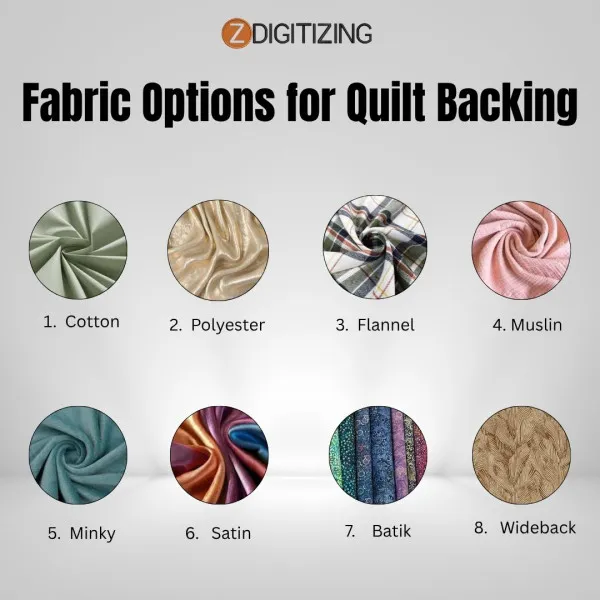
Imagine standing in a fabric store, looking at all the choices. So many textures, widths, colors… it can be overwhelming.
Do you go with something soft? Something wide? Something budget-friendly?
Let’s walk through the most common types of backing fabric for quilts, so the next time you’re in that aisle, you’ll know exactly what to look for.
1. Cotton
Cotton is the most popular and beginner-friendly fabric for quilt backing. It’s soft, breathable, and comes in every color and print you can imagine. It also holds up well in the wash, which makes it great for everyday use. Most people choose cotton as their first backing fabric, and honestly, you can’t go wrong with it.
2. Polyester and Polyester Blends
Polyester or cotton/poly blends are tough, wrinkle-resistant, and don’t shrink much. This makes them useful for quilts that will be washed often. They are also more affordable in some cases. But they aren’t as soft or breathable as cotton. Some quilters skip these for comfort reasons, but if you’re making a quilt that’ll be used outdoors or heavily, they can be a good pick.
3. Flannel
Have you ever worn flannel pajamas in winter? Then you already know how cozy this fabric feels. Flannel makes quilts warm and snuggly, perfect for chilly weather or bedtime cuddles. Just keep in mind that it can shrink quite a bit, so be sure to wash it before sewing. Still, if warmth is your goal, flannel is a fantastic choice.
4. Muslin
Muslin might not look fancy, but it does its job well. It’s a plain, light cotton fabric that gives your quilt a clean, simple back. Muslin is great if you’re working on a budget or making a large quilt. It’s also perfect for practice projects when the focus is more on sewing than showing off.
5. Minky
Minky is a super soft, fuzzy fabric that feels like a baby’s favorite blanket. It makes quilts feel luxurious and is often used for children’s quilts or lap blankets. But here’s the catch: it stretches. A lot. That means sewing with minky takes a bit of skill and patience. If you’re up for the challenge, though, the result is worth it.
6. Satin
Satin is smooth, shiny, and fancy. If you’re making a quilt as a special gift or for a memorable occasion, satin might be the fabric that gives it that “wow” factor. Just be careful: satin is slippery and delicate, so it’s not the easiest to sew with. But the elegance it brings can make your quilt look and feel like a treasure.
7. Batik
Batik fabrics are rich with color and detail. They’re hand-dyed, which gives them a one-of-a-kind, artistic look. These fabrics are tightly woven and very durable, making them ideal for heirloom quilts or anything you want to last a long time. They do cost more, but they definitely stand out.
8. Wideback Fabrics
Now, let’s talk about a real time-saver: wide backing fabric for quilts. These are made especially for quilt backs and usually come 108 inches wide. That means you won’t have to piece together several fabrics just to cover your quilt. It’s neat, clean, and saves effort.
It is available in cotton, flannel, and even minky, but be aware that print options might be fewer compared to regular quilting cottons.
Comparison Table of Quilt Backing Fabrics
Here’s a quick comparison table to help you choose at a glance:
Fabric Type | Key Features | Best For | Considerations |
Cotton | Soft, breathable, easy to sew | All-purpose quilts | Very versatile and beginner-friendly |
Polyester Blends | Durable, wrinkle-resistant | Washed often, utility quilts | Not very breathable or soft |
Flannel | Warm, cozy, plush | Winter quilts, baby quilts | May shrink, prewash recommended |
Muslin | Plain, budget-friendly | Large or practice quilts | Simple look, not decorative |
Minky | Ultra-soft and fuzzy | Baby/lap quilts | Tricky to sew, stretches easily |
Satin | Shiny and elegant | Special occasion quilts | Slippery and delicate |
Batik | Bold, hand-dyed, durable | Artistic or heirloom quilts | Expensive, limited availability |
Wideback | Extra wide fabric, saves time | Queen/king size quilts | Fewer prints, but no piecing needed |
Things to Consider When Choosing Backing Fabric for Quilts
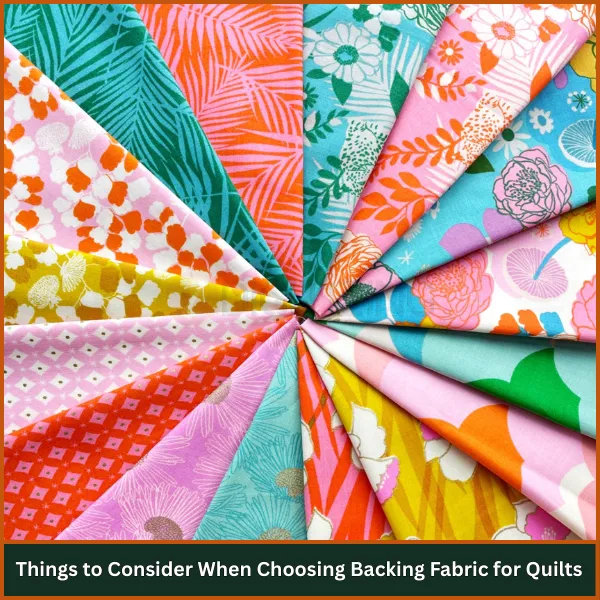
Choosing the right backing fabric can completely change how your quilt feels, lasts, and looks. While many beginners focus mainly on the quilt top, experienced quilters know that the back matters just as much. Whether you’re quilting for comfort, display, or gifting, the backing holds everything together, literally and visually.
Let’s walk through the 10 main things you should always think about when selecting fabric backing fabric for quilts. This will help you avoid common mistakes and make better choices with confidence.
- Understand the Quilt’s Purpose
- Choose the Right Fabric Type
- Measure the Quilt and Check Fabric Widths
- Think About Color and Design Matching
- Consider Comfort and Feel
- Check Your Budget and Fabric Availability
- Decide If You’ll Piece the Backing
- Prewash Your Fabric If Needed
- Think About Quilting Compatibility
- Look for a Clean, Finished Look
1. Understand the Quilt’s Purpose
Start by thinking about how the quilt will be used. Is it meant for everyday snuggling on the couch? A child’s bed? A decorative piece to hang on the wall?
The answer will influence your fabric choice. For example, a wall hanging doesn’t need to be as soft or durable as a quilt that gets washed weekly. Similarly, a baby quilt needs to be gentle on the skin, while a picnic quilt should be made with sturdy material that can take wear and tear.
Matching your fabric to the quilt’s purpose makes the project more practical and long-lasting. This is the foundation for every other decision you’ll make.
2. Choose the Right Fabric Type
By now, you already know that quilt backing can be made from several types of fabric, like cotton, flannel, muslin, minky, and more. We discussed these earlier to help you understand their feel, stretch, and comfort level. But now, let’s think about how actually to choose from those options.
If you’re just starting out or want something that’s easy to handle, cotton is still the most dependable backing fabric for quilts. It doesn’t stretch, it’s soft, and it’s available in hundreds of colors and prints.
On the other hand, if you’re making a cozy quilt for winter or for kids, flannel adds a warm and fuzzy touch. Want something that feels super plush? Minky is great, but it needs careful handling due to its stretch.
Think back to the fabric types we talked about earlier and ask yourself: which one suits your quilt’s purpose best? That’s how you narrow it down. Your goal is to choose a fabric that not only looks good but also behaves well during quilting and feels nice when the quilt is used.
3. Measure the Quilt and Check Fabric Widths
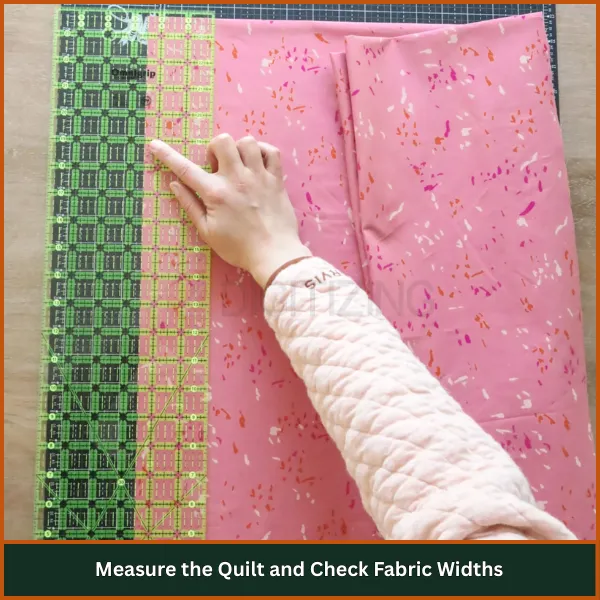
Backing fabric needs to be larger than your quilt top. Why? Because during quilting, some of the fabric shifts and stretches. To make sure everything fits well, add at least 4 inches to each side of your quilt top, so a total of 8 inches more in both length and width.
Now, fabrics come in different widths. Most regular cotton fabrics are about 42-45 inches wide. If your quilt is larger than that, you’ll either need to sew pieces together (called piecing) or choose wide fabric backing for quilts, which is usually 90 to 108 inches wide.
Wideback fabric saves time and effort because you don’t have to match seams or line up prints. It gives a smooth, single-piece look that’s perfect for queen and king-size quilts.
4. Think About Color and Design Matching
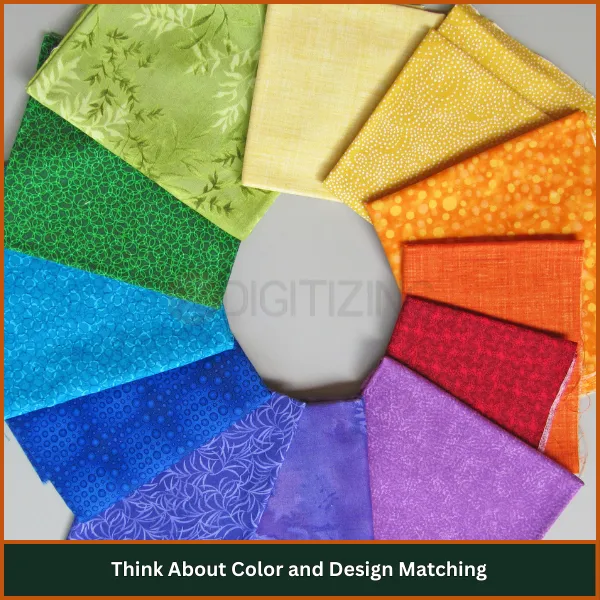
The backing isn’t always seen first, but that doesn’t mean it should be forgotten. The color and pattern you choose for the back can add to the beauty of the quilt. Some people prefer to match the backing color with the front. Others like to use a completely different color or a fun print for surprise and contrast.
Also, think about how your quilting stitches will show. If your thread is light and the backing is dark (or the other way around), the stitches will be very visible. If that bothers you, choose a backing that blends well with the thread color.
A solid backing shows every stitch, which can be great if your quilting is detailed. Busy prints, on the other hand, can hide small quilting mistakes.
5. Comfort Shouldn’t Be Ignored
The feel of the quilt matters just as much as how it looks. Imagine wrapping yourself in a quilt, how do you want it to feel? Soft? Warm? Light? The backing fabric for quilts should feel good against the skin, especially if the quilt is for sleeping or snuggling.
Cotton feels natural and smooth, and it’s always a safe choice. Flannel is a little thicker and warmer, which makes it ideal for winter quilts or baby quilts.
Minky is very soft and perfect for children’s quilts or lap quilts, but because it stretches, it requires special handling during sewing. If comfort is your main goal, always touch and feel the fabric before buying, or read reviews if buying online.
6. Check Your Budget and Fabric Availability
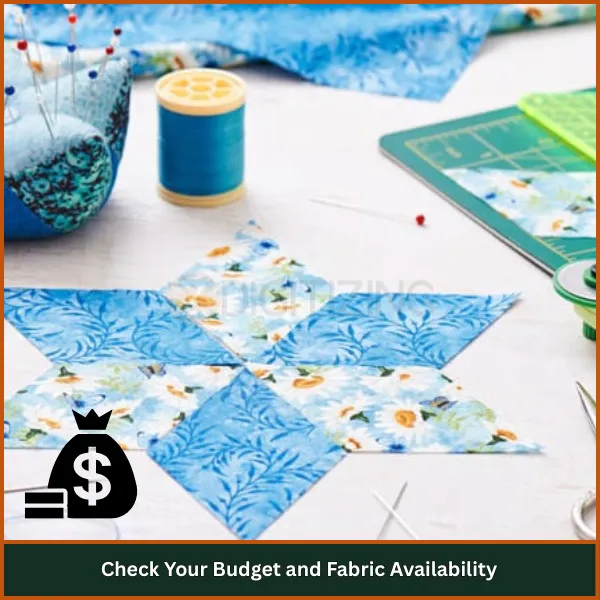
Not every quilt needs premium designer fabric. Sometimes, your budget will decide what’s possible. Fortunately, there are plenty of good-quality options at different price points. Basic quilt backing fabric like muslin or solid cotton can cost as little as $4–$6 per yard, while wideback designer prints may go up to $18–$22 per yard.
If you’re working on a large quilt, fabric cost adds up quickly. In that case, using solid-colored wideback or piecing cheaper fabrics can help stay within budget.
Some quilters even use 100% cotton flat sheets as an affordable solution, but always wash and check their weave first, as they may feel different under the needle.
Planning ahead with a budget and checking local or online availability will save time and stress.
7. Decide If You’ll Piece the Backing
If you’re using regular-width fabric and your quilt is large, you’ll probably need to sew two or more pieces together to make a big enough backing. This is called piecing the back.
Some quilters love this process. They use leftover fabric or extra quilt blocks to create a beautiful, patchwork-style backing. It’s a great way to be creative and reduce waste.
But piecing takes more time, and it can be tricky to keep seams straight and smooth. If you want to save time or avoid extra seams, use fabric backing for quilts that’s wide enough to cover your whole quilt in one piece. Wideback fabric is made just for this purpose and helps you avoid extra sewing.
8. Prewash Your Fabric If Needed
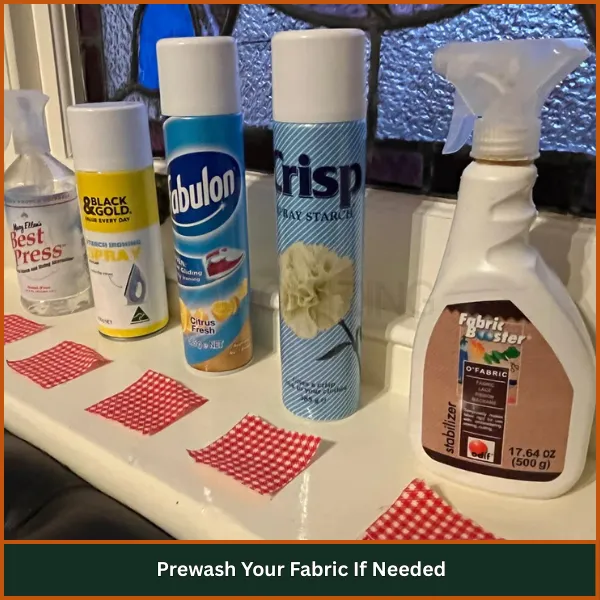
Most cotton and flannel fabrics shrink after the first wash. If you don’t wash your backing fabric for quilts before sewing it, and your quilt top is prewashed, they may shrink at different rates. This can cause the finished quilt to wrinkle, pucker, or become uneven.
Prewashing helps remove extra dyes, chemicals, and shrinkage before you start quilting. Just toss the fabric in a gentle wash, dry it, and iron it if needed. This extra step takes a little more time, but it helps keep your quilt looking beautiful and balanced after the first wash.
9. Think About Quilting Compatibility
The fabric you choose for backing will interact with your machine during quilting. Some fabrics, like high-thread-count sheets, satin, or minky can slip, stretch, or jam the needle if not handled properly. For machine quilting (especially on a domestic machine), stable fabrics like cotton are the easiest to manage.
If you’re working with a longarm quilter, they might also have preferences about the backing type, size, and how it’s prepared. It’s always a good idea to check with them before finalizing your fabric choice.
If ease of sewing is a top priority, the best fabric for quilt backing is still plain cotton. It’s reliable, flexible, and doesn’t fight back during stitching.
10. Look for a Clean, Finished Look
Finally, think about how your quilt looks when someone turns it over. Even though the back is not always visible, it’s still part of the final product. A well-chosen backing makes your quilt feel more complete. Whether you use a solid, a print, or a pieced backing, it should be smooth, wrinkle-free, and thoughtfully selected.
If you’re entering your quilt into a show or giving it as a gift, the backing shows your attention to detail. It’s the last piece of the puzzle that ties everything together, literally and visually. So choose something that reflects the love and care you put into the whole quilt.
Conclusion
Choosing the right backing fabric for quilts depends on your project’s size, purpose, and who it’s for. A baby quilt needs something soft like flannel, while a large bed quilt may need wide cotton fabric. When you match the fabric to the type of quilt, everything fits and feels just right.
Once the backing is ready, adding a beautiful quilting design is the next step. Machine embroidery gives the best and cleanest results, but it needs proper digitizing first.
If you’re looking for the best place to get your quilt designs digitized, ZDigitizing is here to help. We are trusted by thousands of quilters and embroidery businesses around the world. We offer 24/7 support, flat rates with no hidden fees, and fast delivery. Most designs are ready in just 4 to 12 hours. Our team is skilled in high-quality digitizing, even for detailed and complex patterns. We also use 3D secure payment methods to keep your transactions safe.
If you’re trying our service for the first time, you’ll get a 50% discount to check our quality with no risk.
Get your first design digitized at half price and finish your quilt with a beautiful, professional touch!
FAQs
Measure your quilt top and add 4 inches to each side. Then divide the needed width by your fabric’s width (usually 42–45″) to find how many panels (WOFs) you’ll need. Multiply the quilt’s length by the number of panels, then divide by 36 to get yardage.
Pick a fabric that complements or contrasts the quilt top, depending on your embroidery design style. Solid colors work well for clean stitching visibility, while prints help hide small mistakes.
You can use many types of fabric, but cotton is the most recommended for its softness and ease of sewing. Avoid very stretchy or too thick fabrics unless you have experience.
Take the length of your quilt and multiply it by how many WOFs (width of fabric cuts) you need. For example: 74″ x 2 = 148″ → divide by 36 = 4.1 → round up = 4¼ yards.
Batting (also called wadding) goes in between. It gives the quilt its warmth, softness, and thickness.
The three main types are pieced quilts, appliqué quilts, and whole-cloth quilts. Each uses different methods for assembling the top design.
After measuring your quilt and adding extra inches, cut your fabric panels based on needed width and length. Make sure to align the grain for smoother quilting results.


